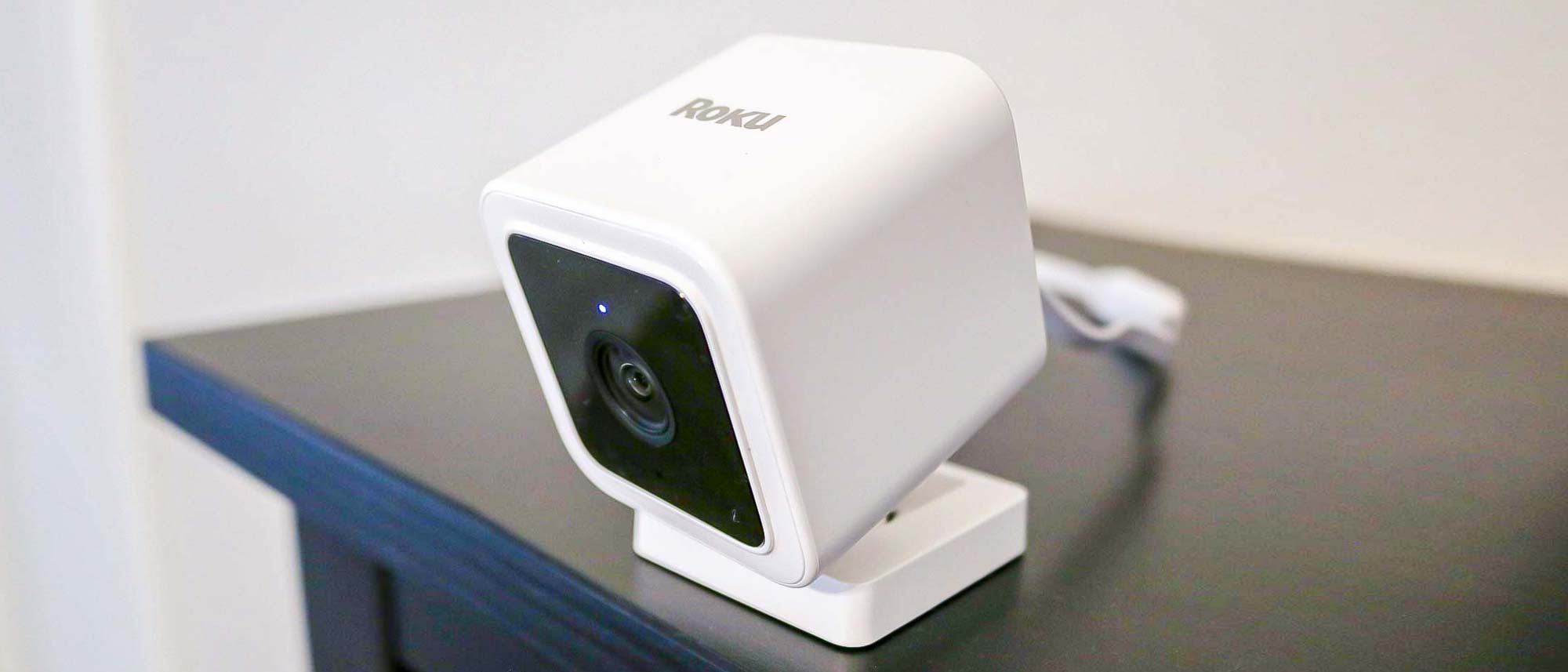VPN solutions are being used for almost two decades now. They certainly shed light on cybersecurity and allowed people to be safer on the internet. But times are changing, and you might need to reconsider your cybersecurity services.
Software-defined perimeter (SDP) is the future of cybersecurity, and shifting to it from VPNs can instantly boost your network’s protection. But before you do so, let’s learn about SDP and the difference between the two.
What is software-defined perimeter (SDP)?
Software-defined perimeter (SDP) is a new and modern framework for perimeter security. It was introduced by the Department of Defense, and then widely encouraged by Cloud Security Alliance to reinforce the protection of internet-based infrastructures.
SDP framework defines security perimeter software-based instead of traditional approaches where perimeters are created only on-prem settings. Thus, SDPs offer isolated internal networks where verification is recurring and security perimeters are created for each individual user.
In essence, the SDP framework inspects all the traffic within the network and verifies all users constantly to create permitted one-to-one connections. This approach also offers granular security by specifying access levels for each user.
SDP structures eliminate all unverified access and isolate the internal network to provide maximum network security, mitigating the risk of both internal and external breaches.
The main differences between SDP and VPN
SDP security framework is arguably a more modern and reliable substitute for traditional VPNs. Generally, they’re seen as competitor security approaches although sometimes SDP frameworks can incorporate VPN solutions.
NordLayer’s article (https://nordlayer.com/blog/sdp-vs-vpn-what-are-they-and-which-one-to-choose/) can further help you choose the most suitable one for you.
1-) Cost & deployment comparison
Traditional VPN solutions are usually very expensive and challenging to deploy since they may require hardware and upgrading the existing infrastructure. SDP approach, on the other hand, can be deployed without using any hardware or on-prem tools.
SDP solutions are implemented on the cloud, unlike on-prem VPNs, and they can be up and running in no time.
2-) Granular security & access levels
Secondly, VPNs don’t allow granular security. VPN solutions verify users only at the gate, per se, but SDP practices repeating verifications to exterminate internal threats.
Switching to an SDP solution will ensure that all users are only accessing the resources they really need. You can set up individual roles and restrict access for specific network components, unlike VPN solutions.
3-) Remote work adaptability
SDP approach is also much superior for remote work models. Traditional VPNs set in physical data centers are only accessible within a specific area.
SDPs provide one-to-one connections regardless of location, making remote access easier. Since the SDP framework doesn’t rely on hardware, it can be deployed anywhere with an internet connection.
4-) User experience
Another difference comes from the user experience side. VPNs are usually slow, unreliable, and annoying to remote users. They also mandate logging on and off if you access several tools.
SDPs enhance the user experience by not forcing the user to reconnect before each access request. Since they create connections individually, they already know the permissions for the said user and grant access without interruption.
Conclusion
Software-defined perimeter is the most recent approach to perimeter security adopting a need-to-know basis that puts verification and individual connections first, as described in the Network World.
This modern approach provides a dynamic security structure by monitoring all the activities within a network to mitigate both insider and outsider threats. Thus, SDP is superior to traditional VPNs that sets a fixed perimeter that lacks agility.
Choose SDPs over VPNs to lower security budgets, have granular security, provide secure remote access, and improve user experience.
Equipped with a Bachelor of Information Technology (BIT) degree, Lucas Noah stands out in the digital content creation landscape. His current roles at Creative Outrank LLC and Oceana Express LLC showcase his ability to turn complex technology topics into engagin... Read more






